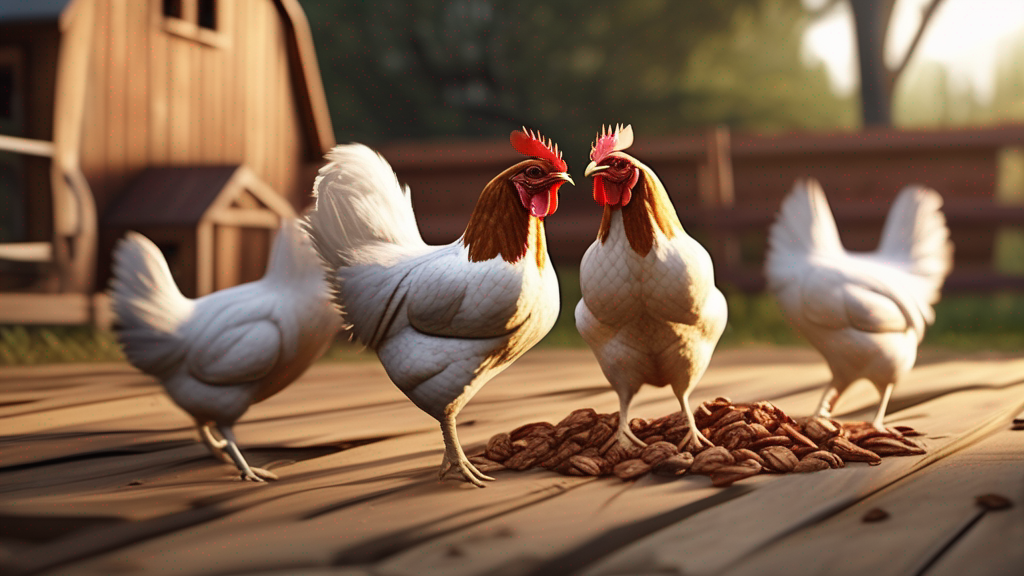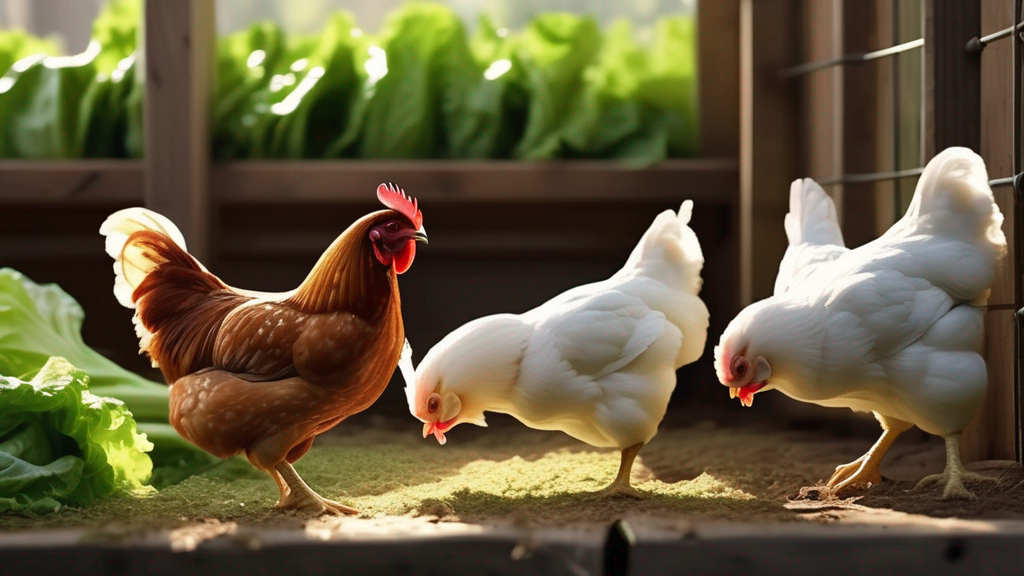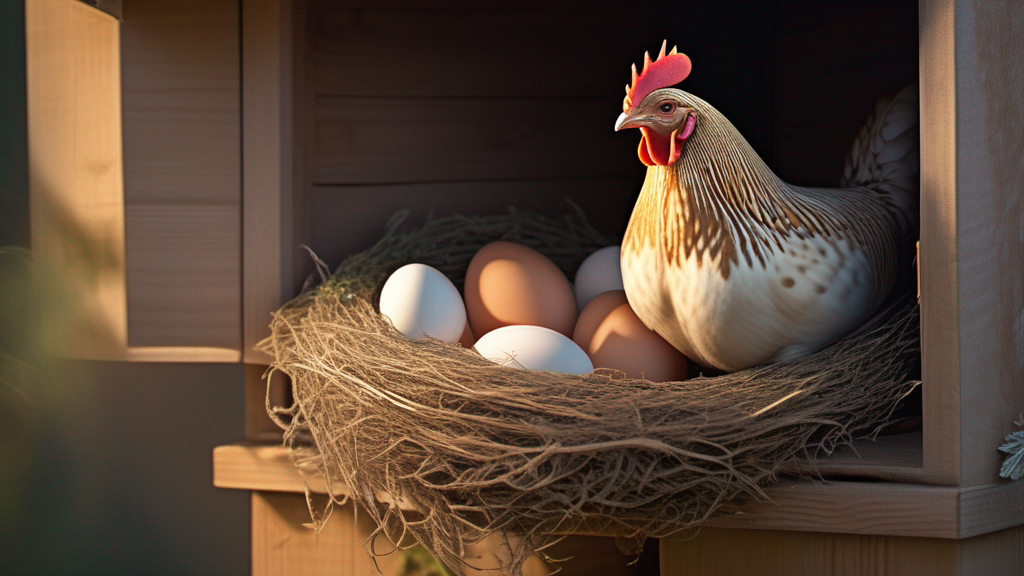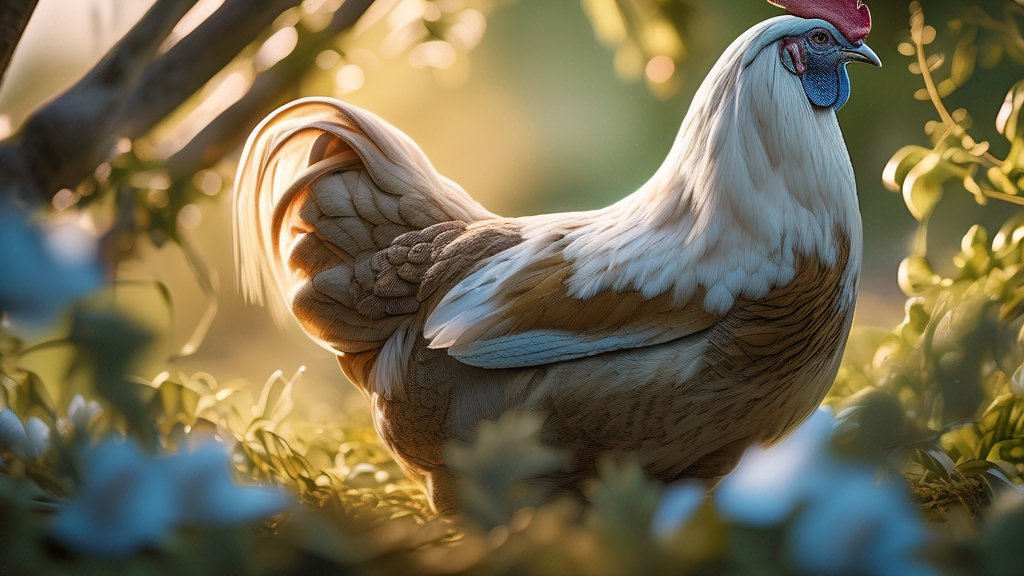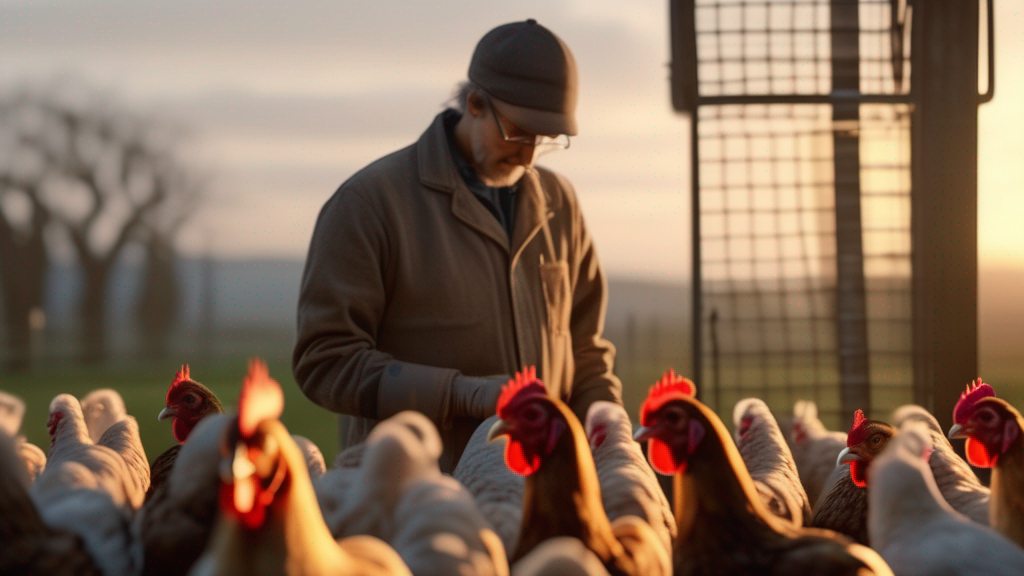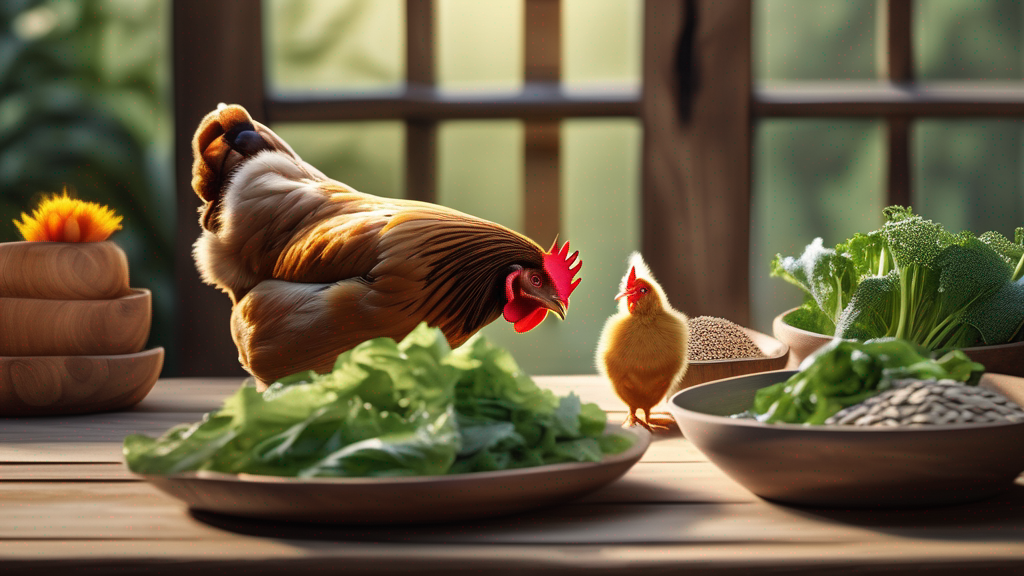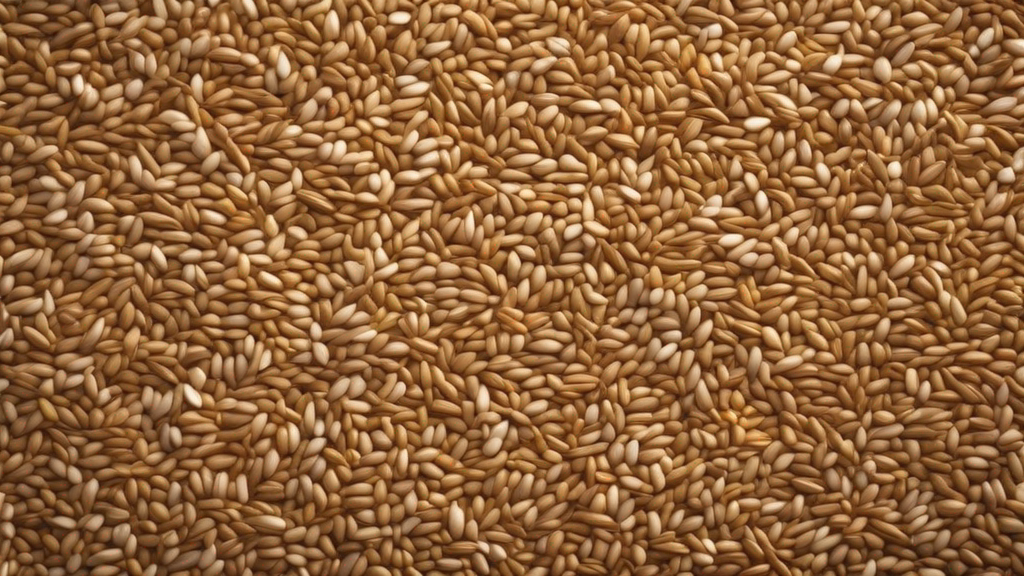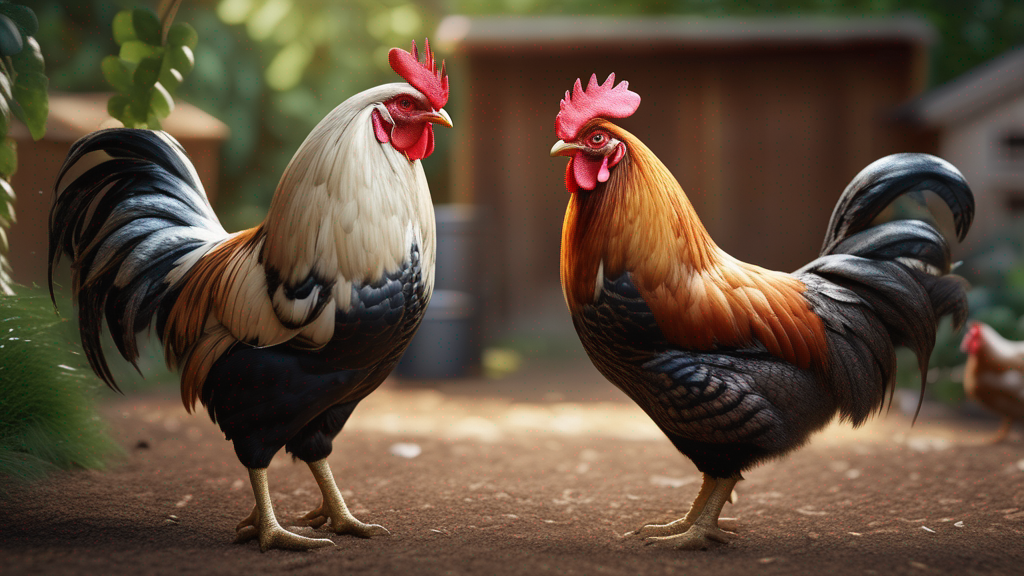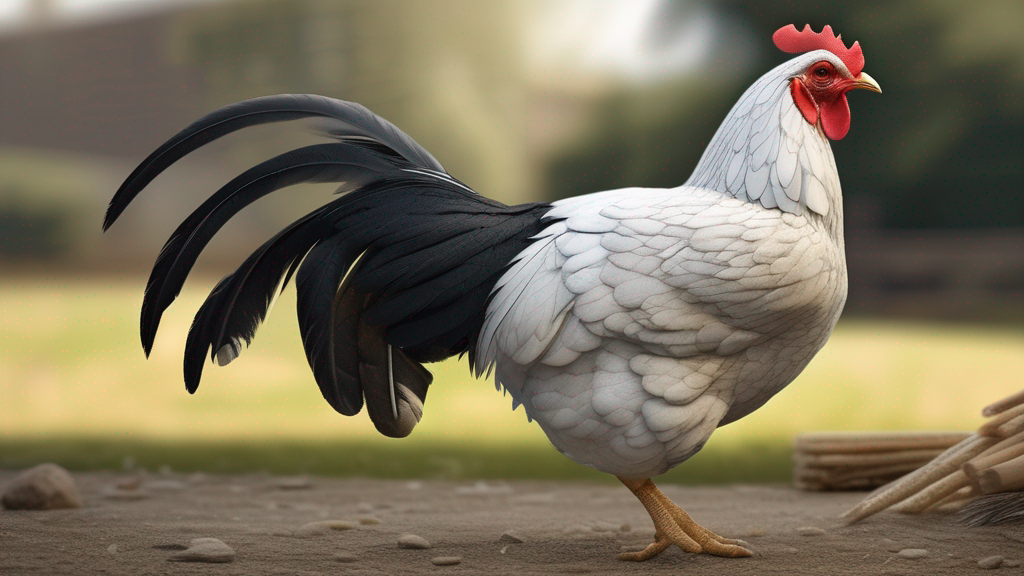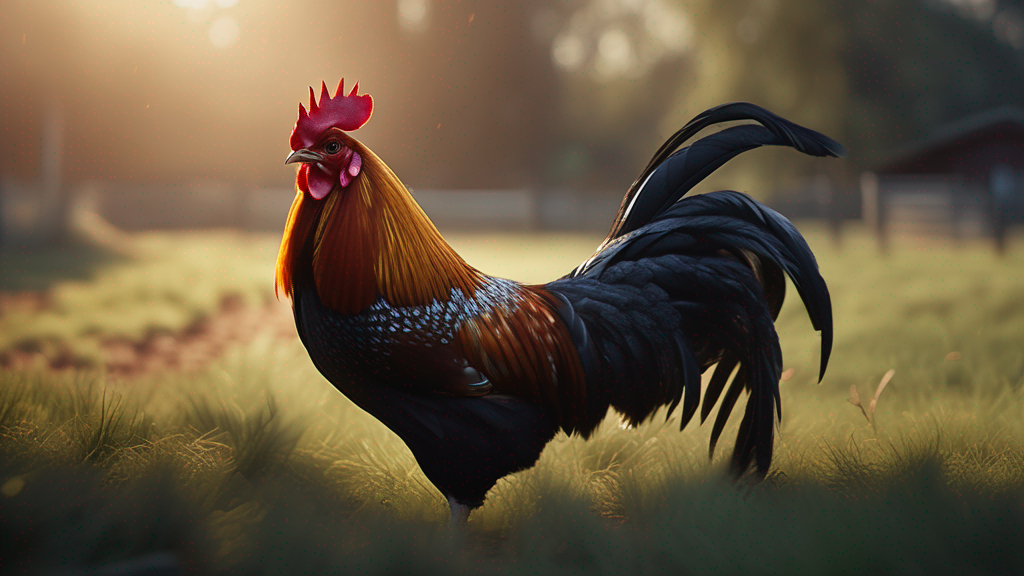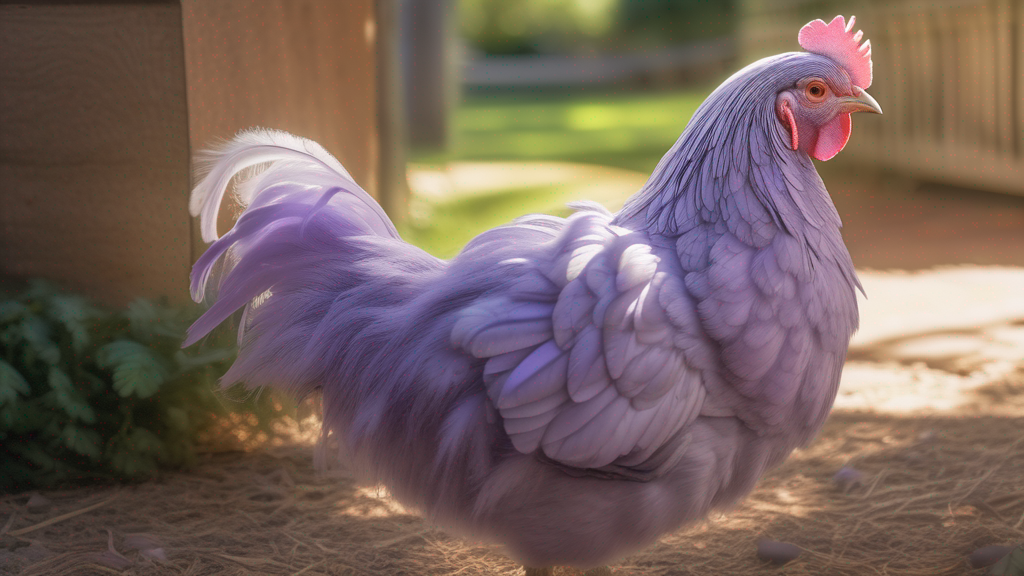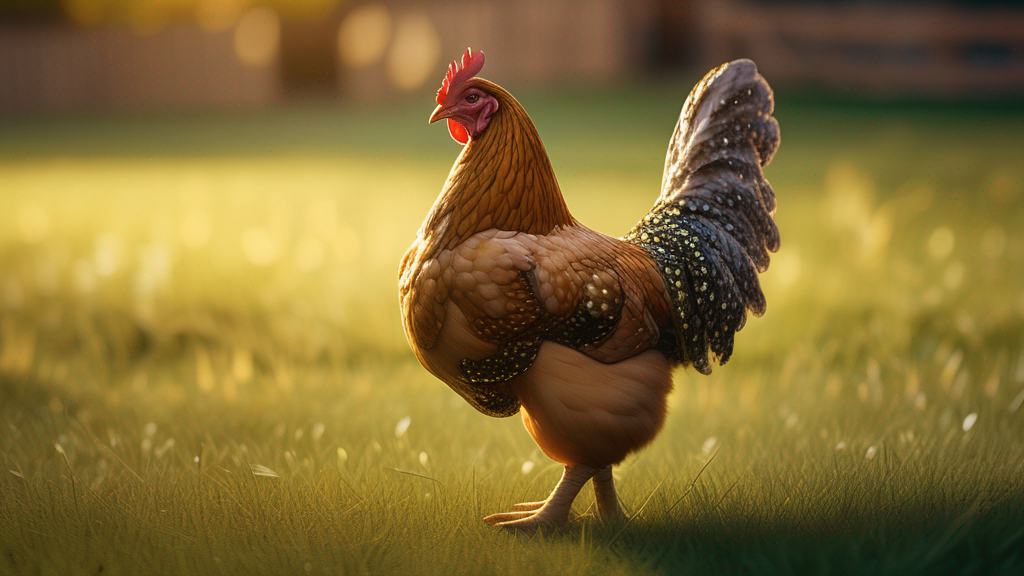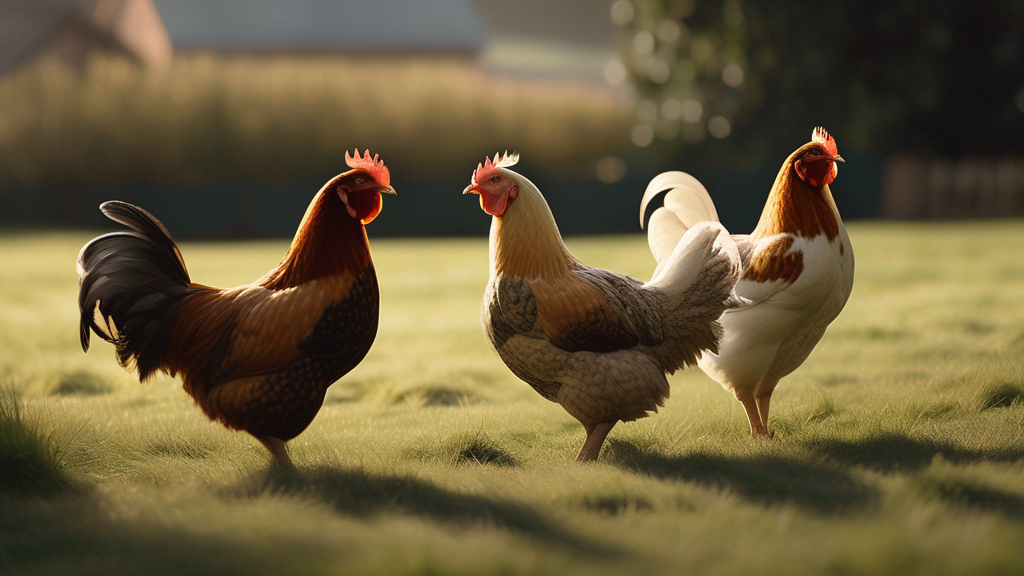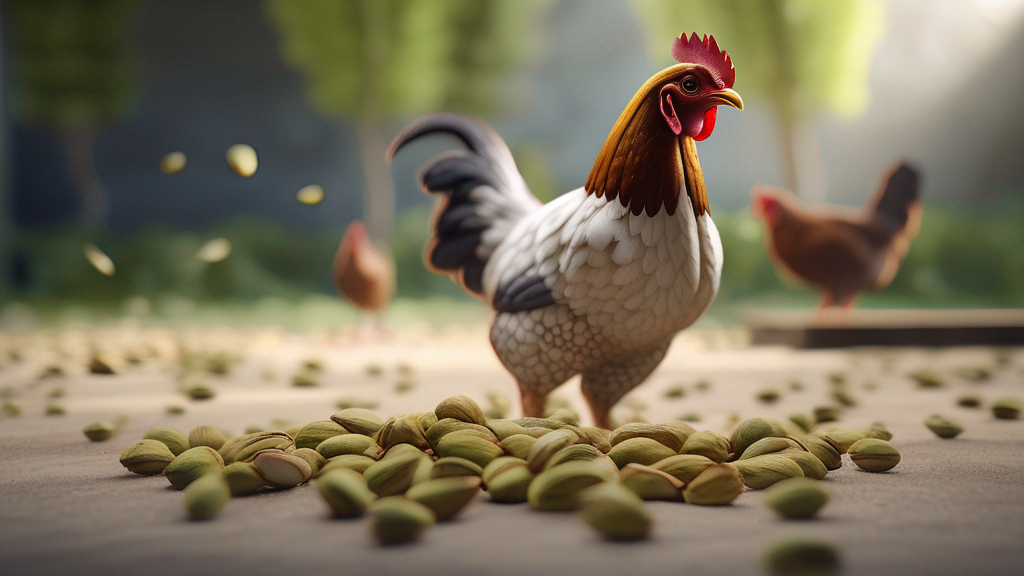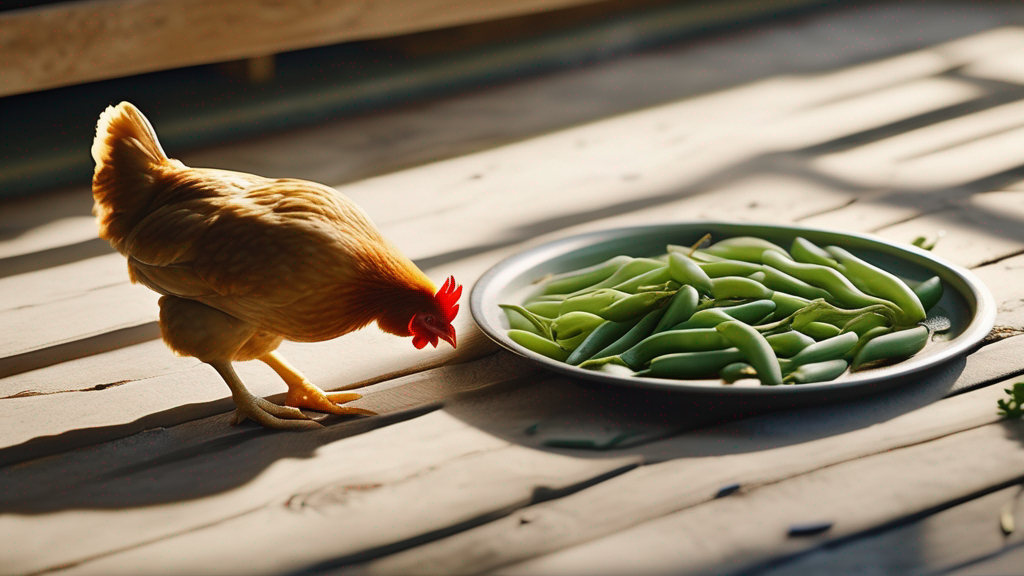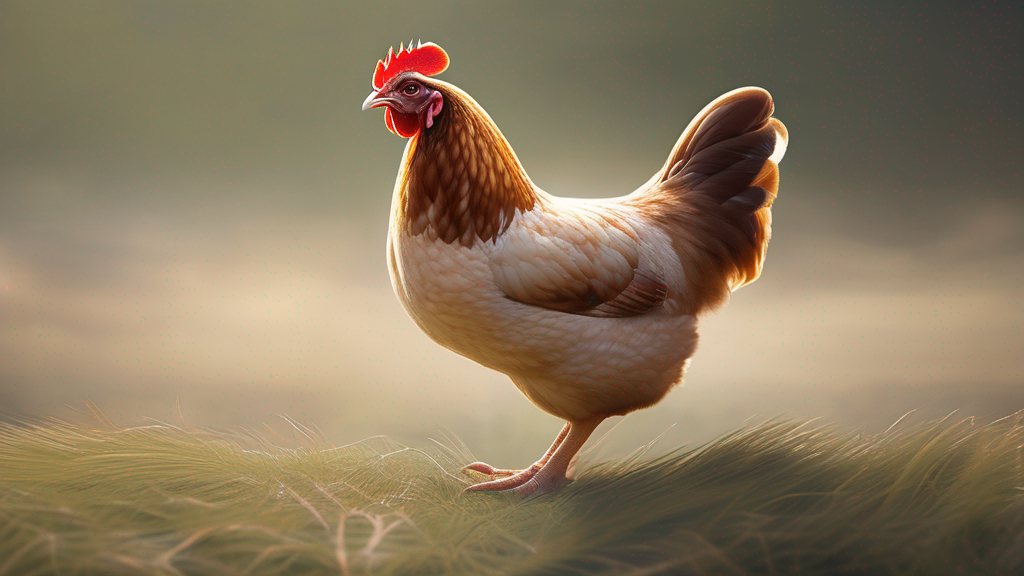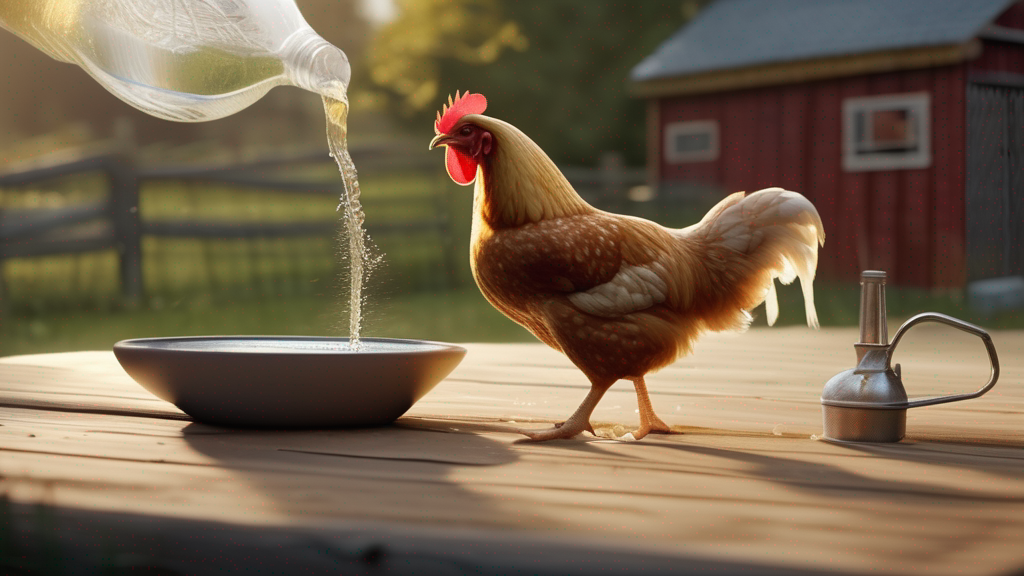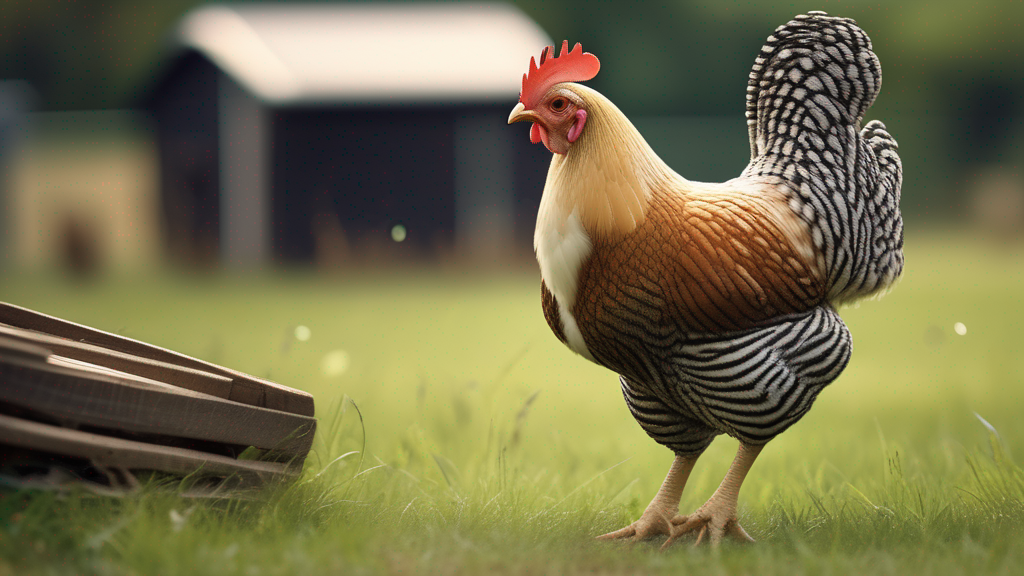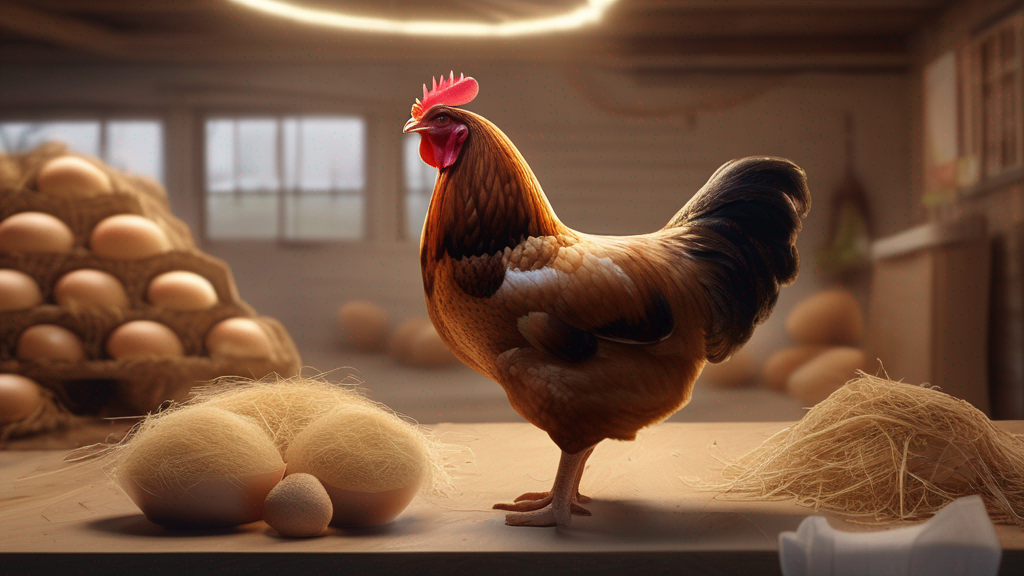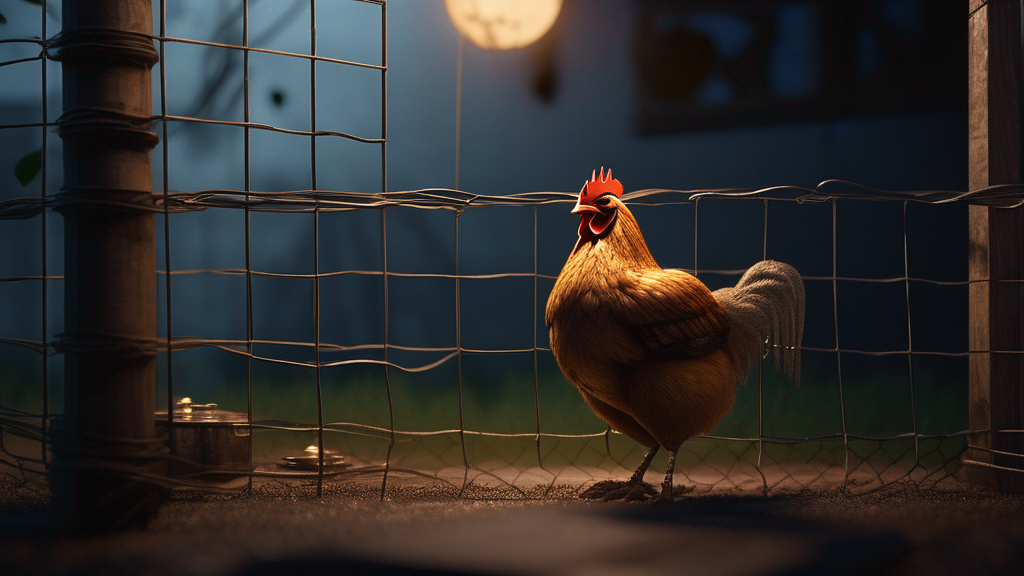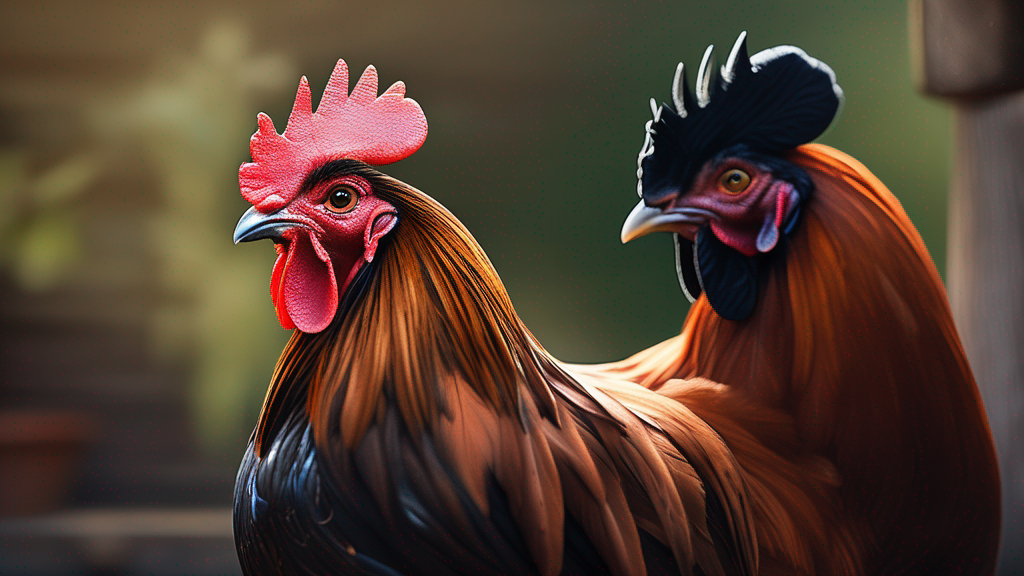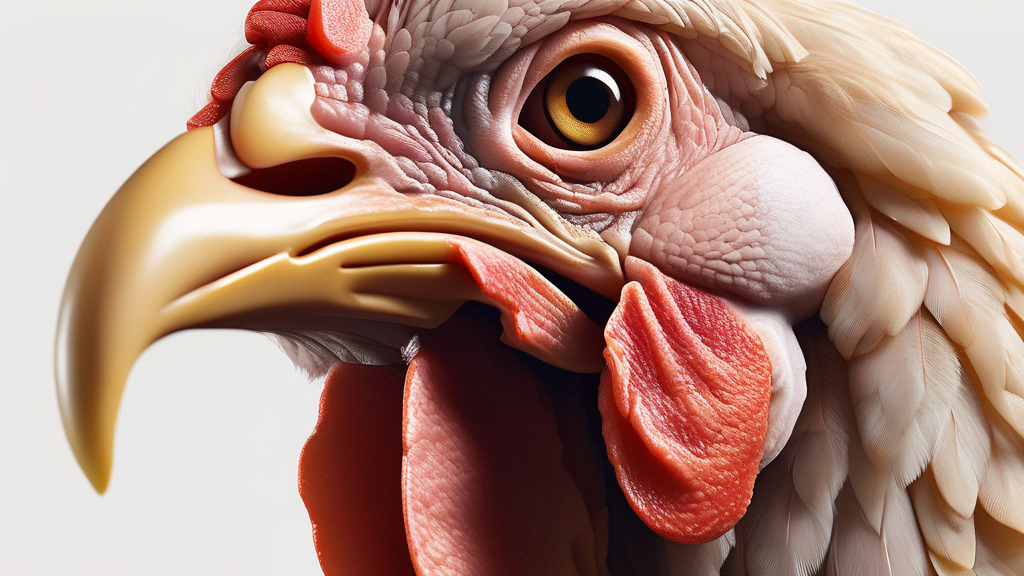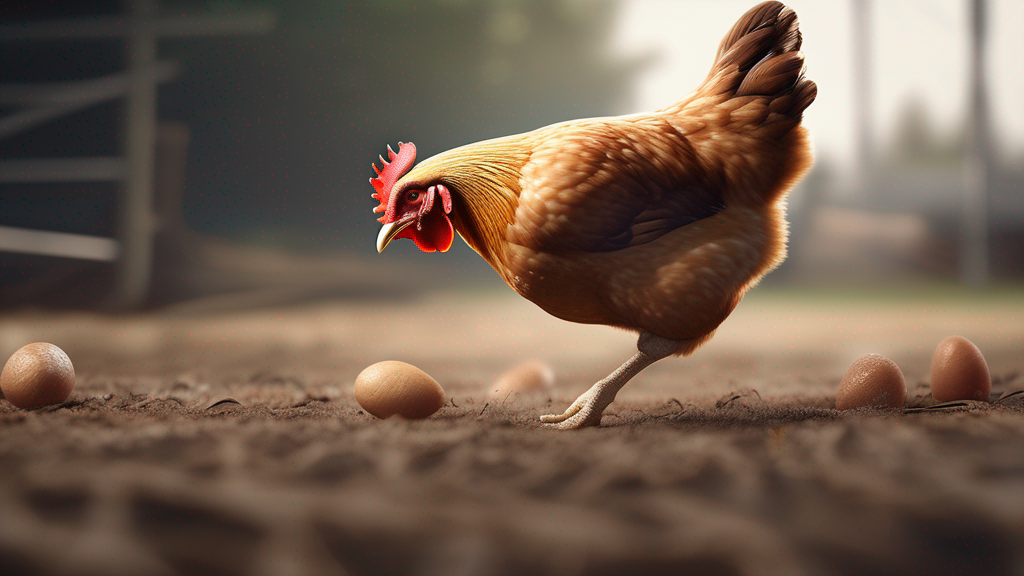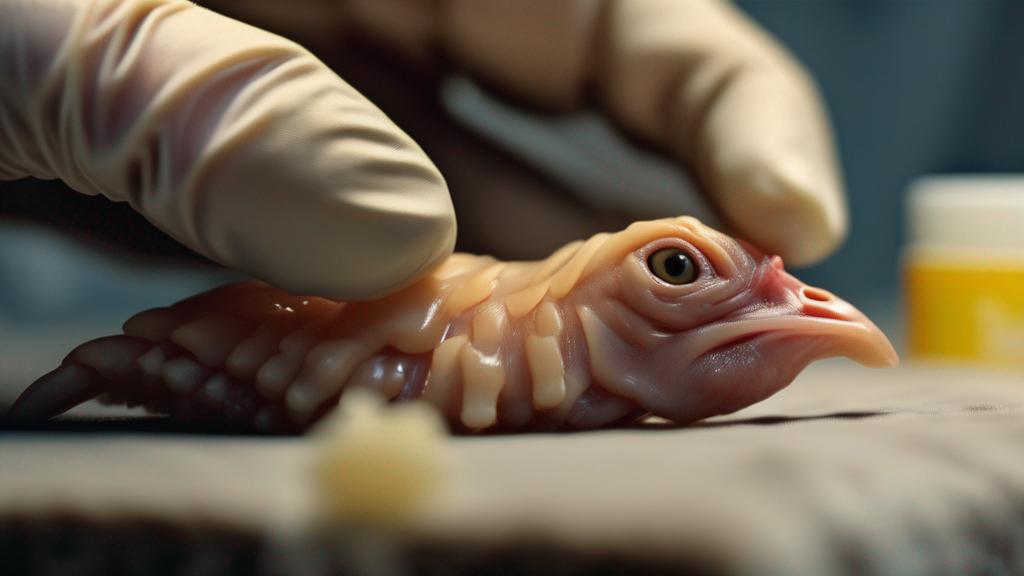When selecting a dual-purpose breed for a backyard flock, many poultry keepers look for hardiness, good egg production, flavorful meat, and a calm temperament. The Columbian Rock (also referred to by some as “Columbian Plymouth Rock” or “Barred Rock with Columbian pattern”) fits this profile well. In this comprehensive guide, we’ll explore the Columbian Rock’s history, physical traits, temperament, production metrics, housing and feeding needs, health considerations, and suitability for various keepers. By the end, you’ll understand why the Columbian Rock is often celebrated as an ideal dual-purpose chicken breed.
Breed Overview & History
The Columbian Rock is a color variety within the Plymouth Rock family, developed to combine the desirable production traits of the Barred Rock with a distinctive white plumage and black neck and tail hackles (“Columbian” color pattern). Though less common than the traditional Barred Rock, Columbian Rocks share similar genetics and hardiness. They emerged through selective breeding of Plymouth Rock lines carrying the Columbian coloration gene, aiming to preserve egg and meat qualities while offering an attractive appearance. Today, Columbian Rocks are maintained by dedicated breeders and appreciated by backyard keepers seeking variety alongside productivity.
Appearance & Physical Characteristics
Columbian Rocks exhibit a striking plumage: predominantly white feathers with black edging on the neck (hackles) and tail, and sometimes subtle black barring on the wing tips. Their clean white body feathers make them stand out compared to more common barred patterns.
- Size & Weight: Medium to large-sized birds. Mature roosters typically weigh around 7–8 lbs (3.2–3.6 kg), while hens weigh about 6–7 lbs (2.7–3.2 kg). These weights place them solidly in the dual-purpose category: heavy enough for meat yet not so large as to slow maturation or reduce egg-laying capacity.
- Build: Broad, deep bodies with a rectangular shape, well-sprung keel, and robust bone structure. They have a single comb (medium-sized, upright), red earlobes and wattles, and yellow legs and skin.
- Plumage: White base feathers with black lacing: hackles (neck) edged in black, tail feathers black or with black tips, and occasionally subtle black on wing coverts. The contrast gives a clean, ornamental look suitable for exhibition or as a backyard focal point.
- Eyes & Beak: Eyes are bright, alert, typically reddish-bay. The beak is stout, slightly curved, usually yellow with some darkening at the tip in older birds.
- Seasonal Plumage: During molt, hens may look patchy but regrow their distinctive pattern. Roosters display long, pointed saddle feathers and sickle tail feathers with black sheen when mature.
Temperament & Behavior
Columbian Rocks inherit the calm, friendly disposition of Plymouth Rocks. They are generally:
- Docile & Friendly: Well-suited for families, beginners, and smallholdings. They tolerate handling and human presence, making them excellent for backyard settings and interactions with children.
- Hardy & Cold-Tolerant: Like other Plymouth Rock varieties, they adapt well to cooler climates. Their robust body and good feathering provide insulation, though protection from extreme drafts remains important.
- Foraging Ability: Moderate foragers. While not as flighty as some lighter breeds, they enjoy free-ranging opportunities, scratching for insects and greens. In confinement, they adapt to standard run or coop spaces but benefit from enrichment.
- Social Dynamics: They typically integrate well into mixed flocks. As a dual-purpose, medium-temperament bird, Columbian Rocks neither bully timid breeds excessively nor get bullied by more assertive ones, provided space and resources are adequate.
Egg Production & Laying Habits
One of the primary reasons to keep dual-purpose breeds is consistent egg laying. Columbian Rocks deliver solid laying performance:
- Annual Egg Output: Hens commonly produce around 200–250 large, light brown to tinted eggs per year under good management and adequate daylight (14–16 hours/day during peak lay season).
- Egg Size & Shell Quality: Eggs are typically large (around 55–65 grams). Shells are strong and durable when calcium intake is sufficient, reducing breakage.
- Onset of Lay: Pullets start laying around 18–20 weeks of age, depending on season, diet, and daylight. Adequate body weight and condition before onset ensure steady production.
- Seasonal Variation: Like most breeds, egg production dips in winter or during molt. Providing supplemental lighting in winter can help maintain lay but must be balanced against natural rest periods and bird health.
- Nesting Behavior: Generally reliable nesters with moderate broodiness. A subset of hens may exhibit broodiness; if not desired, remove eggs promptly. For breeding, broody hens can hatch fertile eggs with a rooster present.
Meat Qualities & Processing
Columbian Rocks grow to a harvestable size for meat in a reasonable timeframe:
- Growth Rate: Slower than high-volume meat breeds (e.g., Cornish Cross), but they reach butcher weight (~6 lbs) in around 16–20 weeks if fed appropriately. This ensures better flavor and texture compared to fast-growing industrial broilers.
- Carcass & Flavor: Meat is well-flavored, firm-textured, and has good fat distribution. The moderate growth rate avoids the overly “broad breasted” issues of some hybrids, making for a more traditional-tasting bird.
- Dual-Purpose Efficiency: While not as feed-efficient for meat as specialized broilers, Columbian Rock offers the advantage of egg production before processing. Many keepers raise roosters or cull older hens for meat once laying declines.
- Butchering Considerations: Processing at optimal weight (6–8 months for best flavor in mature birds, or earlier for roosters/older hens) yields tender meat. Proper handling, chilling, and aging practices enhance quality.
Key Characteristics Table
| Characteristic | Details |
|---|---|
| Breed Type | Dual-purpose (egg & meat) |
| Origin/Background | Color variety of Plymouth Rock; developed for Columbian plumage pattern |
| Weight (Rooster) | 7–8 lbs (3.2–3.6 kg) |
| Weight (Hen) | 6–7 lbs (2.7–3.2 kg) |
| Egg Production | ~200–250 large light brown eggs/year |
| Egg Size & Shell | Large eggs, strong shell |
| Onset of Lay | 18–20 weeks |
| Plumage Pattern | White body with black hackles (neck) and tail; subtle black edging on wing tips |
| Temperament | Docile, friendly, reasonably active foragers |
| Hardiness | Good cold tolerance; adaptable to varied climates with proper shelter |
| Space Requirements | 4 sq ft/hen inside coop; 8–10 sq ft/hen in run or free-range area |
| Feed & Nutrition | Balanced layer feed; higher protein during growth/molt; free-choice grit & oyster shell for layers |
| Maturity for Meat | Harvest roosters ~16–20 weeks; hens or older birds after laying decline |
| Broodiness | Moderate; some hens go broody, manageable by prompt egg removal or designated brooder pen |
Housing & Environmental Needs
Providing a comfortable, secure environment is essential for optimal health and productivity:
- Coop Space: Allocate at least 4 sq ft per adult bird inside the coop. Ensure good ventilation to control moisture and ammonia yet avoid drafts at roost height. Solid roost bars, nesting boxes (one per 4–5 hens), and predator-proof construction are critical.
- Run & Free-Range: Aim for 8–10 sq ft per bird in runs. Columbian Rocks appreciate foraging opportunities; free-ranging allows them to supplement diet with insects and greens, promoting mental stimulation and reducing feed costs.
- Roosting: Provide sturdy perches 2–3 feet off the ground; roosters often choose the highest perch. Ensure enough perch space (8–12 inches per bird) to prevent crowding.
- Nesting Boxes: Use comfortable, darkened nesting boxes lined with clean bedding (straw or shavings). Keep boxes clean and collect eggs daily to discourage broodiness and maintain hygiene.
- Bedding: Pine shavings or hemp bedding works well; change regularly to control odor and moisture. A dry environment supports respiratory health and reduces parasite risk.
- Climate Considerations: In cold climates, ensure draft-free but ventilated coops, add insulation or supplemental heat only if necessary. In hot climates, provide shade, ventilation, and cool water; avoid overheating. Columbian Rocks handle moderate temperature ranges well.
- Predator Protection: Secure fencing, hardware cloth on openings, locked coop at night. Roosters may alert to predators, but robust housing remains primary defense.
- Enrichment: Provide dust-bathing areas (loose dry soil or sand), perches at different heights, vegetable scraps or treat puzzles to encourage natural behaviors and reduce boredom.
Feeding & Nutrition
A balanced diet underpins egg production, growth, and overall health:
- Starter/Grower Feed: For chicks and pullets up to laying age, use a starter/grower feed with 18–20% protein. Adequate protein supports skeletal development and feather growth.
- Layer Feed: Once pullets approach lay (~16–18 weeks), transition to a layer ration with 16–18% protein and appropriate calcium levels for eggshell formation.
- Free-Choice Supplements: Provide oyster shell or crushed limestone for laying hens to self-regulate calcium intake. Offer grit if free-ranging and consuming whole grains or foraged items.
- Scratch & Treats: Scratch grains, kitchen scraps, and treats should remain under 10% of daily intake to avoid nutrient dilution. Favor healthy treats: leafy greens, vegetable scraps, mealworms for protein boost during molt.
- Water: Always supply fresh, clean water. In hot weather, consider adding electrolytes or diluted fruit mash occasionally for hydration, but ensure primary feed intake remains unaffected.
- Seasonal Adjustments: During molt, increase protein via mealworms or high-protein feed supplements. In winter, offer energy-dense treats (e.g., cracked corn) sparingly to support body condition. Monitor body weight to prevent obesity.
- Supplements & Vitamins: Balanced commercial feeds include vitamin premixes. If birds are confined without sunlight, consider vitamin D₃ supplementation. Probiotics or fermented feed may support gut health after illness or stress.
Health Considerations & Common Issues
Columbian Rocks are generally robust, but watch for standard poultry health concerns:
- Parasites: External (mites, lice) and internal (worms). Implement routine checks, dust baths, clean bedding, and deworming protocols as needed. Good coop hygiene reduces parasite load.
- Respiratory Health: Ensure ventilation without drafts. Monitor for sneezing, nasal discharge, or coughing. Promptly isolate and treat affected birds.
- Nutritional Deficiencies: Observe for poor feathering, weak legs, thin shells. Adjust feed or supplements accordingly. Maintain layer feed quality and supplement calcium for laying hens.
- Marek’s Disease & Vaccination: Consider Marek’s vaccination for chicks if available. Practice biosecurity to limit disease introduction.
- Injuries & Predation: Roosters may sometimes fight; trim spurs if aggression or injury risk is high. Protect coop/run against predators; inspect fences and locks regularly.
- Molt Stress: Provide extra protein and supportive care (protected environment, minimal disturbance). Allow natural rest periods; do not over-stress birds with lighting or forced production.
- Egg-Binding & Reproductive Issues: In laying hens, monitor calcium intake and body condition. Provide easy access to food/water and a quiet nesting space. If egg-binding suspected, consult poultry vet.
Breeding & Reproduction
For keepers aiming to hatch their own chicks, breeding Columbian Rocks requires attention to genetics, mating ratios, and incubation:
- Breeding Stock Selection: Choose healthy, well-conformed birds with clear Columbian pattern, good body condition, and vigor. Avoid inbreeding by sourcing stock from different lines if possible.
- Rooster-to-Hen Ratio: Aim for one rooster per 8–10 hens to balance fertility without over-mating. Observe hens for feather wear or stress; adjust ratio or provide temporary separation if needed.
- Egg Collection & Incubation: Collect eggs daily; store at ~55°F (13°C) and moderate humidity if not setting immediately. For natural incubation, allow a broody hen or use an incubator set at ~99.5°F (37.5°C) and ~50–55% humidity for first 18 days, increasing humidity slightly in final days.
- Broody Management: Some hens go broody naturally; provide a quiet, comfortable nest area with easy access to food and water. Monitor broodiness duration to avoid weight loss or neglect of self-care.
- Chick Care: Use proper brooder setup: heat lamp, safe bedding (pine shavings or paper towel initially), starter feed with 18–20% protein, fresh water. Vaccinate or medicated feed as per local recommendations.
- Record-Keeping: Track hatch rates, chick growth, parent performance, and any health issues to refine breeding selections over time.
Pros & Cons of Columbian Rock Breed
| Aspect | Pros | Cons |
|---|---|---|
| Egg Production | 200–250 large brown eggs/year; reliable layers | Seasonal dips in winter/molt like all breeds; may need supplemental lighting |
| Meat Quality | Good flavor and texture; dual-purpose yields usable meat | Slower growth than specialized broilers; longer time to butcher weight |
| Temperament | Docile, friendly, easy to handle | Roosters may be protective; may require management in multi-rooster flocks |
| Hardiness | Cold-tolerant; adapts to varied climates | Like all heavy-bodied birds, can be susceptible to heat stress; provide shade/ventilation |
| Appearance | Attractive white-and-black Columbian plumage; ornamental appeal | Less common than barred variety; may be harder to source |
| Foraging | Moderate foragers; benefit free-range | Not as flighty or hardy in extreme terrain as some heritage breeds |
| Broodiness | Moderate broodiness useful for hatching | Broody hens may reduce egg production temporarily |
| Maintenance | Low-maintenance with standard coop/housing | Requires regular care like any chicken; potential health issues if neglected |
| Availability | Available through specialty breeders and some hatcheries | Less widespread than Barred Rock; may be pricier or require advance ordering |
Comparison with Other Dual-Purpose Breeds
When choosing dual-purpose birds, comparing multiple breeds helps align with keeper goals:
| Breed | Eggs/Yr | Meat Growth | Temperament | Climate Adaptation |
|---|---|---|---|---|
| Columbian Rock | 200–250 | Moderate (16–20 wks to butcher weight) | Docile, friendly | Cold-tolerant; moderate heat sensitivity |
| Barred Rock (Plymouth Rock) | 200–250 | Moderate | Docile, hardy | Similar cold tolerance |
| Rhode Island Red | 250–300 | Moderate | Hardy, active | Excellent heat and cold tolerance |
| Sussex (Light Sussex) | 220–260 | Moderate | Calm, friendly | Good in varied climates |
| Australorp | 200–250 | Moderate | Calm, good foragers | Cold-tolerant; moderate heat tolerance |
| Orpington (Buff Orpington) | 200–250 | Slower (heavier body) | Very docile, broody | Cold-tolerant; may overheat in extreme heat |
Although various dual-purpose breeds offer similar production, the Columbian Rock stands out for its unique plumage, moderate temperament, and balanced egg-meat performance. Availability may be more limited, but many keepers find the aesthetic and reliable productivity worth seeking out.
Health Monitoring & Routine Care
Maintaining flock health involves consistent observation and preventive measures:
- Daily Checks: Observe birds for alertness, appetite, droppings, and behavior. Early detection of lethargy or changes can prevent disease spread.
- Feeder & Waterer Hygiene: Clean feeders and waterers regularly to prevent bacterial growth. In winter, ensure water does not freeze; in summer, keep water cool.
- Bedding Maintenance: Replace or stir bedding to keep coop dry and odor-free. Dust baths help control external parasites.
- Parasite Prevention: Regularly inspect feathers, vents, and skin. Use diatomaceous earth or poultry-safe treatments if mites/lice detected. For internal worms, follow deworming schedules recommended by vet or extension service.
- Vaccination & Biosecurity: Where available and appropriate, vaccinate chicks against Marek’s disease. Quarantine new birds before introducing. Limit traffic in/out of coop to reduce disease risk.
- Seasonal Adjustments: Provide supplemental heat or shelter in extreme cold; shade, ventilation, and electrolytes in extreme heat; adjust feed accordingly during molt.
Cost & Availability
Columbian Rock chicks or pullets may be less commonly stocked than Barred Rocks, so plan ahead:
- Sourcing: Look for reputable hatcheries or breeders specializing in heritage or variety-colored Plymouth Rocks. Join poultry keeper groups or local clubs to find breeders.
- Cost: Slightly higher price per chick or bird compared to standard Barred Rock due to limited availability. Consider ordering in advance or purchasing pullets at point-of-lay if available.
- Value: Though initial cost may be higher, the combination of reliable egg production, meat utility, and ornamental appearance can justify investment for many keepers.
- Replacement & Expansion: To maintain flock genetics, plan for occasional introduction of new bloodlines, avoiding inbreeding. Budget for new pullets or fertile eggs if breeding your own stock.
Integrating Columbian Rock into Your Flock
If you already keep other breeds or plan a mixed flock, consider these integration tips:
- Flock Introduction: Quarantine new Columbian Rocks for 2–4 weeks before introduction. Use visual separation initially, then supervised direct contact during low-stress times (e.g., feeding) to allow peaceful integration.
- Flock Balance: Maintain an appropriate rooster-to-hen ratio if adding roosters. If mixing roosters of different breeds, monitor for aggression. Provide hiding spots or partitions as needed.
- Resource Distribution: Ensure multiple feeders, waterers, nesting boxes to reduce competition. Scatter treats/enrichment to spread birds out and minimize bullying.
- Monitor Social Dynamics: Watch for pecking order disputes; intervene if severe bullying occurs by separating aggressor or providing escape areas for victim birds.
- Environmental Consistency: Keep housing conditions consistent when adding new birds; sudden environmental changes add stress. Introduce new birds gradually to minimize disruption.
Frequently Asked Questions (FAQs)
1. Are Columbian Rocks good for beginners?
Yes. Their docile temperament, hardiness, and reliable production make them suitable for first-time keepers. Their moderate foraging ability and friendly nature help beginners manage them easily.
2. How many eggs do Columbian Rock hens lay in winter?
Egg production typically decreases in winter due to shorter daylight and molt. Hens may lay sporadically; providing supplemental lighting (e.g., 14–16 hours total light) can help maintain some production, but natural rest period is also important for health.
3. Do Columbian Rocks brood easily?
Some hens may go broody, but not excessively. If broodiness is undesired, remove eggs promptly. If hatching is intended, allow a broody hen a safe, comfortable nesting area with easy access to food and water.
4. How do Columbian Rocks handle predators?
They have average flightiness and respond to alarm calls (if a rooster is present). However, secure coop and run design is vital. Their moderate foraging instinct keeps them closer to home base compared to very flighty breeds.
5. Can I free-range Columbian Rocks year-round?
In mild climates, yes, but always supervise or use predator deterrents (e.g., guardian animals, secure fencing). In extreme weather, provide shelter or bring birds into protected coop/run.
6. How do I sex Columbian Rock chicks?
Columbian Rock chicks are not strongly auto-sexing. Reliable sexing often requires vent sexing by an experienced person or waiting until sexual dimorphism appears around 16–20 weeks (comb development, feather shape, behavior). Consider buying sexed point-of-lay pullets if precise numbers of hens are needed.
7. What is the ideal diet for optimal growth and lay?
Provide starter/grower feed (18–20% protein) until ~16–18 weeks, then transition to layer feed (16–18% protein with sufficient calcium). Offer clean water, grit for free-ranging birds, oyster shell for laying hens, and healthy treats (<10% of diet). Adjust protein higher during molt or recovery from illness.
8. Are there any specific health issues unique to Columbian Rocks?
No breed-specific issues beyond those common to Plymouth Rocks. Standard preventive care—parasite control, good nutrition, clean environment—ensures flock health. Monitor for heat stress in hot climates due to relatively heavier body weight and white plumage reflecting heat differently; provide shade and cool water.
Conclusion
The Columbian Rock chicken offers an appealing combination of attractive plumage, reliable egg production, quality meat potential, and a calm, friendly disposition. As a dual-purpose breed, it meets the needs of backyard enthusiasts seeking both eggs and meat from the same flock, while adding visual interest through its distinctive white-and-black coloration. Their hardiness, moderate foraging ability, and adaptability to varied climates make them well-suited for beginners and experienced keepers alike.
While slightly less common than Barred Rocks, sourcing Columbian Rocks can be a rewarding endeavor for those who value variety and solid performance. With proper housing, balanced nutrition, health management, and integration practices, Columbian Rocks will thrive and become valued members of your flock. Whether you prioritize egg yield, flavorful meat, or simply enjoy nurturing a friendly, ornamental bird, the Columbian Rock stands out as an ideal dual-purpose choice.
Interested in learning more about dual-purpose breeds, coop design, or advanced poultry management? Visit our Chicken Breeds Guide and Poultry Management Hub for expert-backed articles, practical checklists, and community forums where you can connect with fellow keepers.
